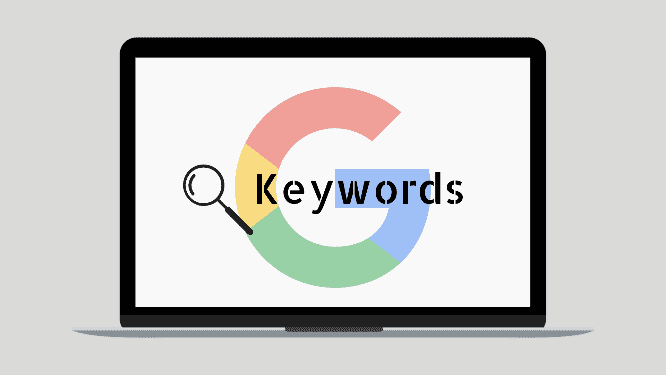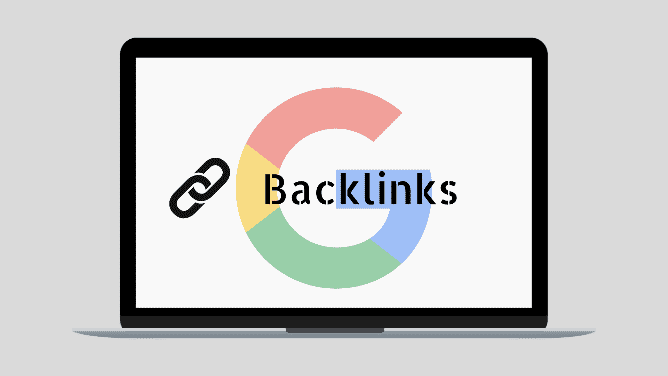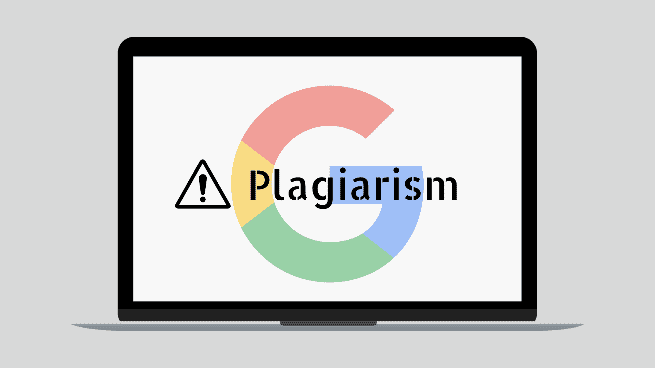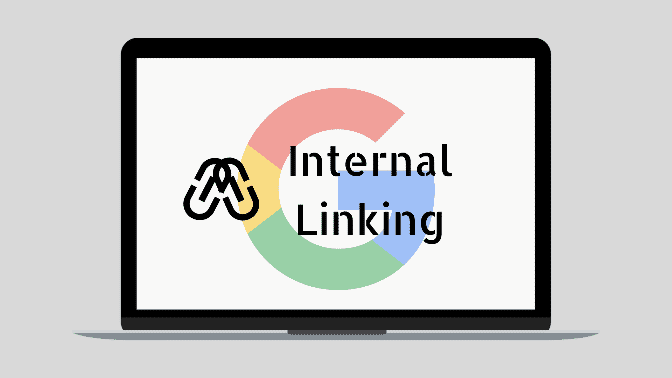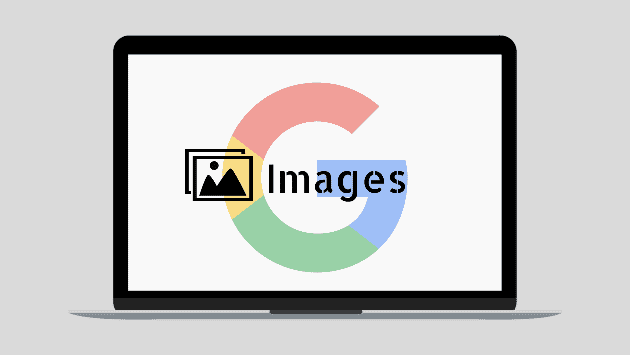Writing blog posts is one thing, but optimizing them is another. If you focus on just the former while ignoring the latter, you aren’t going to get much benefit out of your blog. If you don’t know about optimizing your blog content, don’t worry. That is what we are going to help you with within this post.
Considering the importance of content optimization, we can say that creating a blog post once a week with proper optimization is better than creating a blog post every 6 hours without any optimization.
Contents
5 Tips for Optimizing Your Blog Content
1. Use Proper Keywords in the Right Density
Keywords are one of the most vital aspects of SEO. Keywords tell the search engine about the content published on your site, and that is how the search engine determines its relevance.
Using the Proper Keywords
However, it would help if you did not focus only on using the keywords. You should focus on using the right ones. If your site happens to get optimized for an unrelated keyword, it can mean trouble. Your bounce rate will spike, and your traffic will start dwindling.
Take an example. If a shoe store starts to rank for a keyword related to clothing in general (such as ‘buy clothes online), it would mean that many users visiting it would expect to find categories on other articles of apparel. And when they don’t find them, they will get disappointed and leave. This will result in an increased bounce rate.
Using the Keywords Properly
That is as far as using the right keywords is concerned. But just as using the proper keywords is essential, it is also equally necessary to use them in the proper density. It is recognized as’ keyword stuffing if you add too many keywords to your content.’ Besides what keyword stuffing can do to your SEO rank, it wreaks havoc on reader-friendliness.
Any content containing too many keywords is challenging to read, significantly blog posts. Since the writer focuses on adding as many keywords as possible, they ignore how it appears to the reader. Although there is no official scale or standard for keyword densities, experts advise keeping the density of the main focus keyword at 1 – 2%. This comes down to just one or two times in a 1,000-word article.
2. Add Outbound Links
Outbound links also play a major in content optimization. Links to high authority platforms can describe your site’s relevancy to the search engine. As keywords are necessary for establishing site relevancy, backlinks play a similar role.
And other than the technical SEO side of things, adding backlinks is also suitable for your content’s credibility. By linking the statistics and figures mentioned in your blog, you will show your audience that the information is taken from reliable sources and is not just speculation or guesses.
However, there are some things that you have to take care of when adding backlinks.
- Be sure to link to authoritative sites and not spammy ones.
- Don’t add too many backlinks; otherwise, they can lose their efficiency
- Don’t add backlinks helter-skelter. This can spoil the reader’s experience. Add them sparingly.
Whenever you want to take any step toward making your content SEO-friendly, you also have to make sure that you keep it readable and engaging. The same applies to backlinks. If you add too many of them, too many links will litter the content with blue underlined words, making it a pain to read.
According to Yoast, you should add at least one outbound link to your content.
3. Make Sure Your Content is Unique
Although we mention it as number 3, content uniqueness is one of the essential factors in a blog. Plagiarism is highly harmful to your website’s ranking. If a website has plagiarized content, it can get penalized by the search engine.
A mild penalty can mean a decrease in rank, whereas a more severe one can result in complete site de-listing. This helps us understand that content uniqueness is not just an optimization factor. Instead, it’s a requirement without which your blog cannot stay in the SERPs.
But, other than this dimension, content uniqueness is also suitable for your blog since it makes you sound credible and increases the worth of your content. Readers will be more likely to read and follow your blog and share it with others.
Similarly, they may also link it to their content, which will be suitable for your site’s authority. If you find some plagiarism in your content, you can rewrite it using a paraphraser.
Paraphrasers work by replacing specific words and phrases in your content with appropriate synonyms. You can use this synonymizing gimmick to your benefit and utilize it to make your content unique.
4. Don’t Forget About Internal Linking.
Crawlers and online users have one thing in common: you have to make sure both spend as much time on your site as possible.
By adding a good number of internal links to your blog posts, you will be able to coerce your readers into clicking on them and exploring your website.
In other words, when you have a lot of links on your site, your readers will be able to open page after page easily. This will increase the chances of getting familiar with more of your products/services.
As for the site crawlers, internal links help them crawl from one page to the other quickly. This helps them to determine your site’s relevancy more efficiently.
5. Add Images and Optimize Them!
Last but not least, you should always add relevant visuals in your blog post. It can be charts, graphs, or images in general.
Before elaborating on this step, we should mention that, as a rule, reader-friendly content has a better chance of being favored by search engines.
If you take any step to increase the readability of your content, you are automatically optimizing it for search engines as well.
With that in mind, it is easy to appreciate and understand how images can help in optimizing your blog posts. They can, in essence, make your content easy to read.
As far as optimizing images goes, all you need to do is add some ‘alt text.’ The alt text helps the site crawlers to determine what the image is about.
Okay, that’s not the be-all and end-all of image optimization. There’s a lot more to it, but explaining it all would take a lot of time and page space. You can find helpful info on image optimization in this guide.
Before wrapping up, there is another aspect of images and their role in content optimization that we should mention.
Nowadays, people use reverse-image searches a lot. If your content has relevant and related images in it, the chances are that they could show up in the ‘Google Images’ section when someone does a reverse-image search related to your niche.
Conclusion
If you are writing blog content for SEO, you need to make sure that you optimize it properly. Without content optimization, you won’t be able to get the best out of your blog. First off, you need to make sure that you properly adjust the right keywords in your content.
After that, you need to add backlinks to your content. When adding backlinks, you should be careful to add them in the correct number and only to high-quality, authoritative sites.
Then comes plagiarism checking. By checking for plagiarism, you will be able to see if there is any duplication in your content. You can remove it or rewrite the specific part if there is.
Internal linking is also an essential step for content optimization. This can help make website navigation easier for your readers and site crawlers.
And last but not least, adding images (and adding their alt-text) is also an excellent way for optimizing your blog content. But you should take care only to insert images relevant to your content and not just random ones.
Also, Read
Technology Integration In Business | An Overview
How To Use MarsEdit 4 | Best Blog Writing Software For Mac
How to Create New Layer From Selection in Gimp
Advantages And Disadvantages of HTML You Should Know
WordPress Page Not Found After Publish? Easy Fix
Webpage Is Currently Unable To Handle This Request. HTTP error 500 Fix
